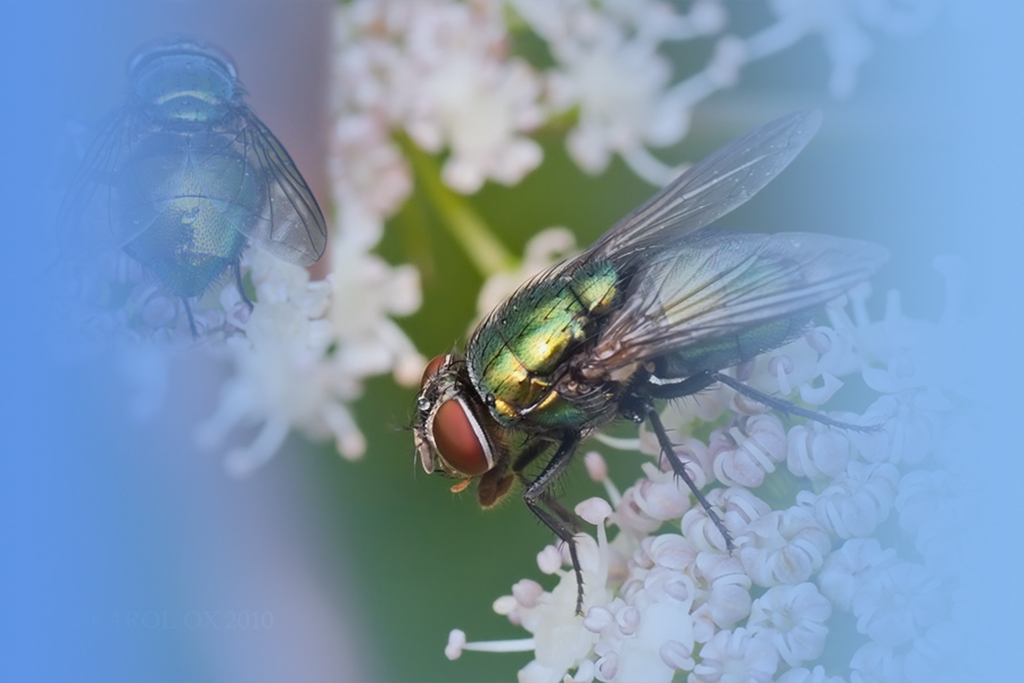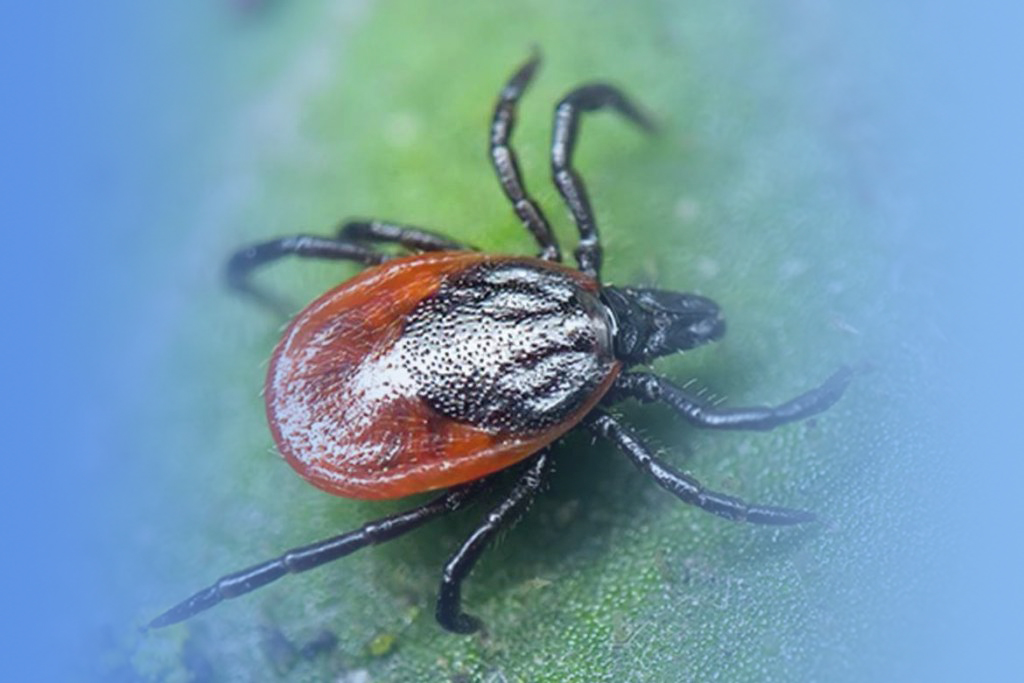XU Bing-hong, ZENG Li-ping
Chines Journal of Vector Biology and Control. 2011, 22(3): 245-247.
Objective To determine the antibacterial activity of propolis from Henan province against Bacillus anthracis. Methods The agar diffusion method was used to test for antibacterial activity. Antibacterial effects were measured after exposure to seven formulations of 31% propolis at pH ranging from 5.5-8.5 (5.5, 6.0, 6.5, 7.0, 7.5, 8.0, 8.5). Additionally, ten dilutions of propolis from 31% to 0.06%(1∶512), including a 0 control, at pH 5.5 and a dose of 7 μl were examined in triplicate. Results The diameters (mm) of the zones of inhibition in each pH group, 5.5, 6.0, 6.5, 7.0, 7.5, 8.0 and 8.5, were as follows: 19.16±0.29, 17.67±0.29, 14.67±0.58, 13.67±0.29, 14.00±0.00, 13.33±1.15 and 12.00±0.00 mm, respectively. The diameters in each concentration group, 15.50%, 7.75%, 3.88%, 1.94%, 0.97%, 0.48%, 0.24%, 0.12% and 0.06%, and the control group were: 19.50±1.80, 19.67±1.04, 17.75±0.35, 15.67±0.58, 14.00±2.29, 13.17±1.04, 11.83±1.53, 10.83±1.26, 9.00±0.00 and 0.00±0.00 mm, respectively. Conclusion Propolis from Henan province had antibacterial activity against B. anthracis, which declined with increasing pH or decreasing concentration.



